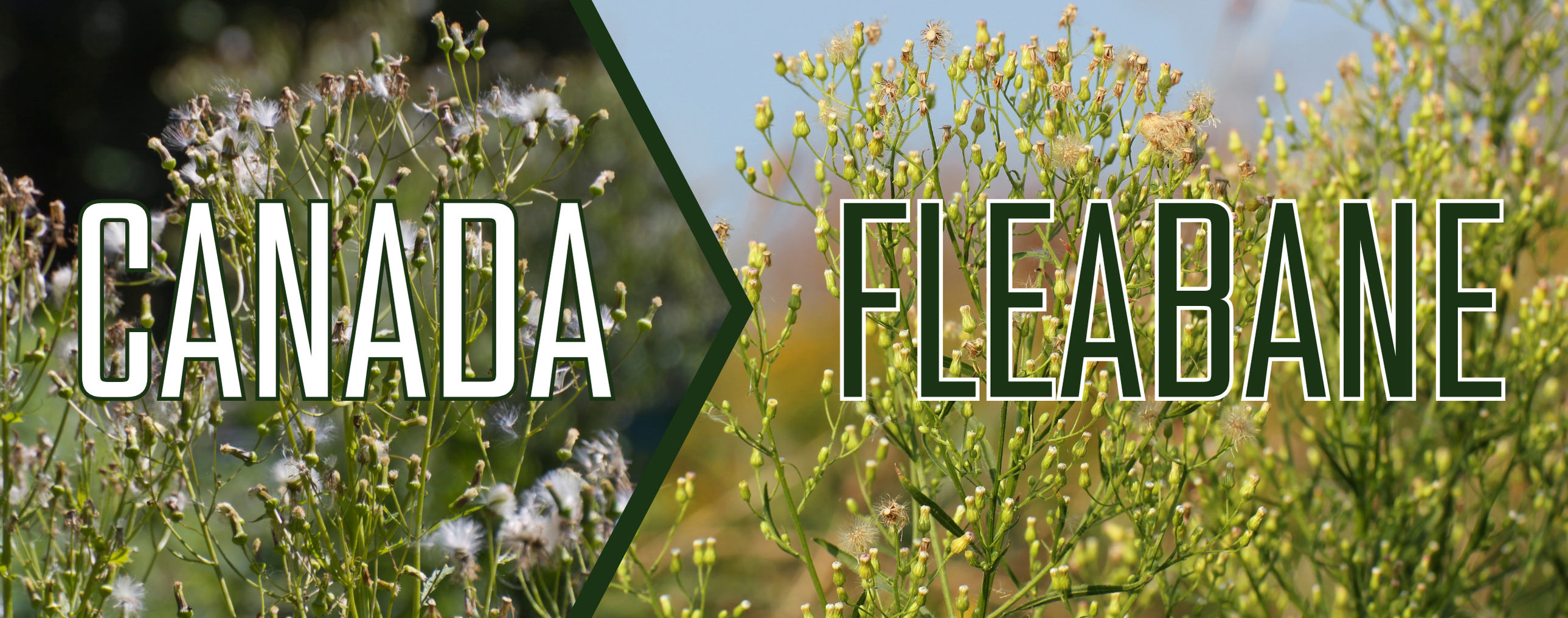Canada Fleabane Public Engagement

Background
As a result of correspondence from local farmers concerned about a plant negatively affecting crops, Council directed Staff to conduct public engagement in regards to designating Canada Fleabane as a Local Noxious Weed in the Township of West Lincoln.
Canada Fleabane is not currently listed as a noxious weed under the Weed Control Act. Noxious Weeds can only be added or removed to/from the Weed Control Act by the Lieutenant Governor in Council.
However, the Weed Control Act gives local Councils the ability to designate additional plants as Local Noxious Weeds, to provide the control of potentially damaging weeds in local areas, before they become widespread, by using the Weed Control Act’s mechanisms of enforcement.
This would give Township-appointed Weed Inspectors the ability to enforce the removal of Fleabane from private property and agricultural lands under the Weed Control Act. Failure to comply with removal of local noxious weeds may result in monetary penalties.
Public consultation
An online survey was conducted from January 8 to 29. Thank you to everyone who got involved and provided input.
Next steps: A report will go to Committee to summarize input from the public. Stay tuned.
Resources
FAQ
What is a Noxious Weed? |
|
Noxious weeds are plants that have been listed in the Schedule of Noxious Weeds found in Regulation 1096 under the Weed Control Act. In general, a species designated as a noxious weed under the Weed Control Act is one that is difficult to manage on agricultural land once established and will reduce the yield and quality of the crop being grown, negatively affects the health and well-being of livestock, and poses a risk to the health and well-being of agricultural workers. The intent of the Weed Control Act, R.S.O 1990, is to reduce the infestation of noxious weeds that negatively impact agriculture and horticulture lands, reduce plant diseases by eliminating plant disease hosts, and reduce health hazards to livestock and agricultural workers caused by poisonous plants. There are 25 weeds designated as noxious under the Weed Control Act. Canada Fleabane is not currently part of the noxious weed list. |
What is Canada Fleabane? |
|
Canada Fleabane (Conyza Canadensis), also known as Horseweed, Mare’s-tail, Bitterweed, or Fleabane, is an annual plant native throughout most of North America and Central America. This herbaceous plant typically grows to a height of 1.5 metres and has sparsely hairy stems. The leaves are unstalked with a coarsely toothed margin. The flower heads are 1 cm in diameter and each flower has a ring of white or pale purple florets with a centre of yellow disc florets. |
What time of year does Canada Fleabane grow? |
|
Most seedlings of this plant sprout from late August through November, and form rosettes that overwinter. Some seeds will germinate in spring, from March through early May. As with all annuals, this plant reproduces by seed. Seeds ripen from early August and continue into September, after which the plant dies. The seeds of this plant have an attached pappus, or parachute, which carries the seed for long distances much like a dandelion seed. |
Why might Canada Fleabane be an issue? |
|
Canada Fleabane infestations have been shown to reduce soybean yields as much as 90%. In 2001, it was the first weed to develop glyphosate resistance, making it difficult to remove chemically. |
How do you remove Canada Fleabane? |
|
In 2001, it was the first weed to develop glyphosate resistance, making it difficult to remove chemically. There are two control methods for Canada Fleabane. They are: Non-Chemical
Chemical
|
How is the removal of Local Noxious Weeds enforced in West Lincoln? |
|
West Lincoln property owners are responsible for removing noxious weeds growing on their lands and are accountable for all associated expenses. If noxious weeds are identified (by complaint or observation) and confirmed by Township-appointed Weed Inspectors, property owners must have them destroyed by a given date. If compliance is not achieved, the Municipality may enter upon the lands and have the weeds destroyed, charging the expenses against the land, as set out in the Act. |



 Subscribe to this page
Subscribe to this page